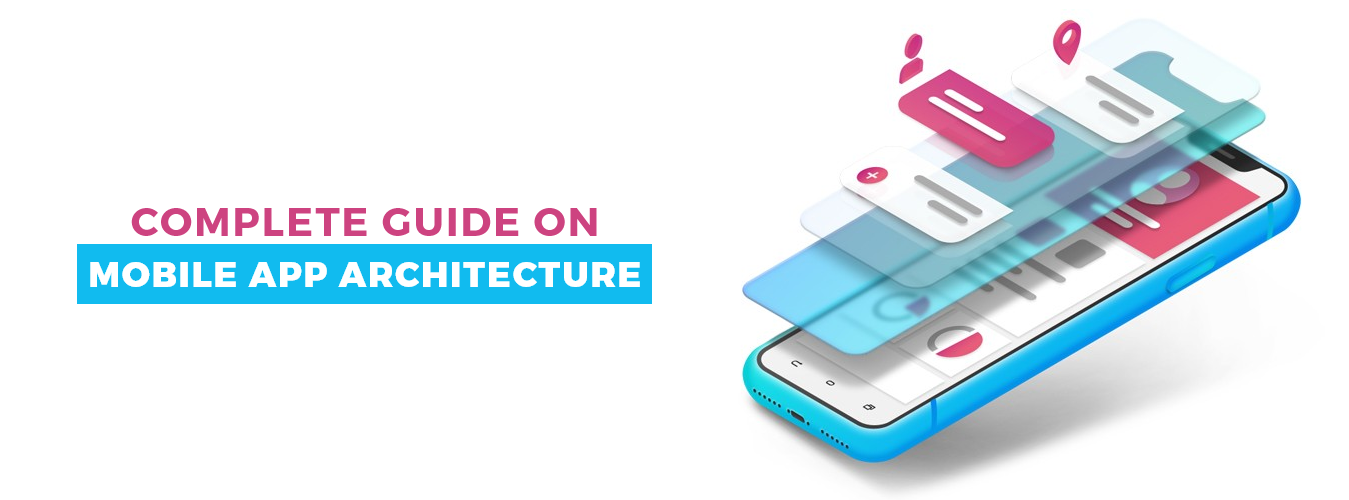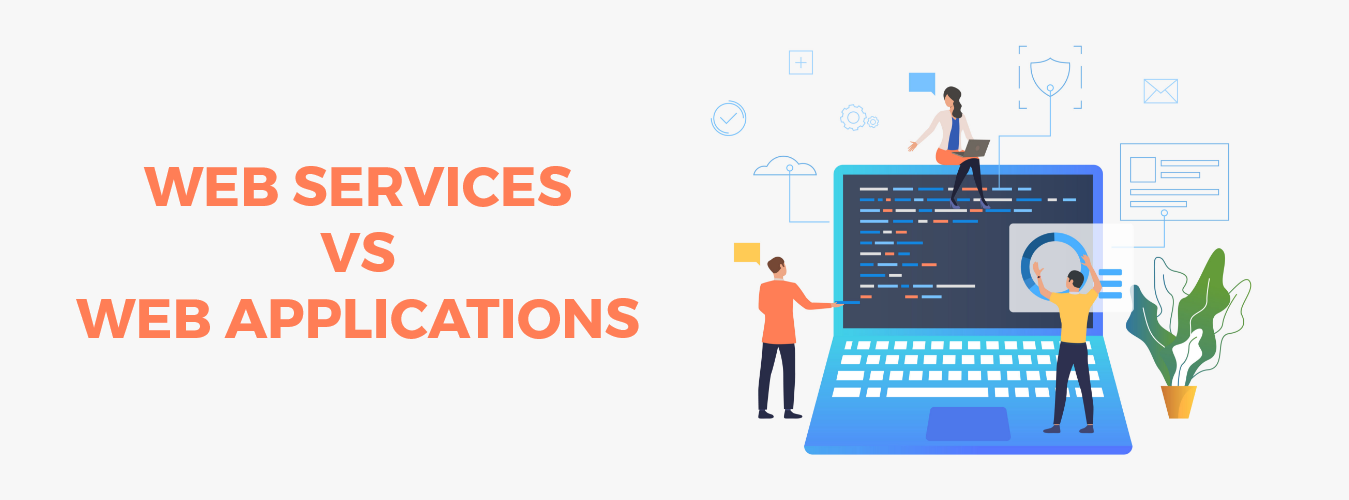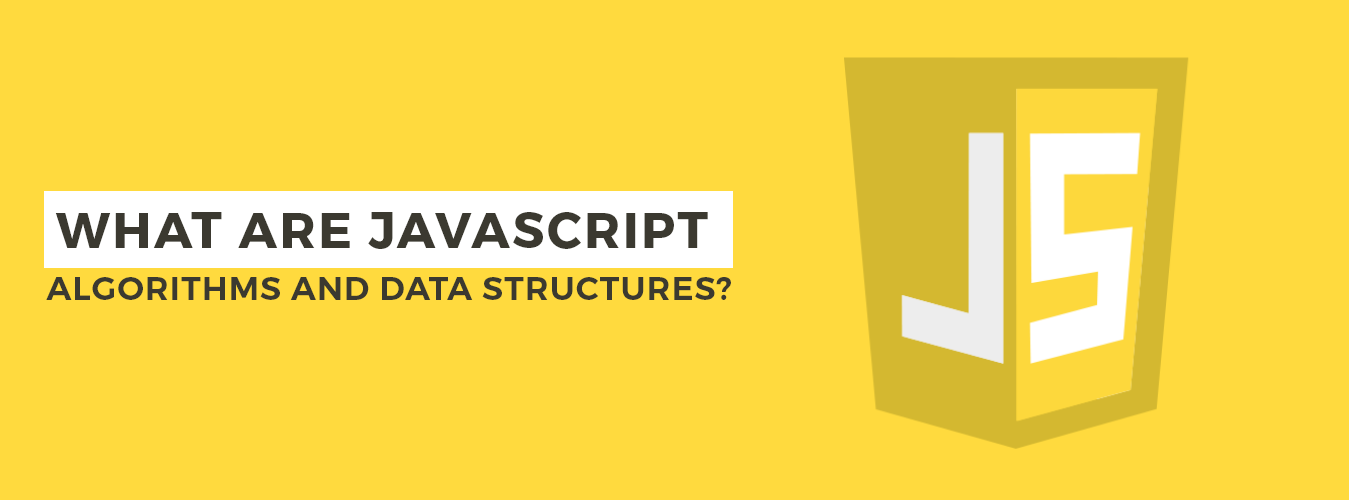Crafting Your Ideal Mobile App/Experience Starts Here!
Ready to elevate your business? Your custom app is just a click away.
Yes Let’s goMobile app architecture refers to the overall structure of a mobile application that includes its design, codebase, and framework. It helps in creating scalable, maintainable, and efficient mobile applications that provide a seamless user experience. Here is a comprehensive guide on mobile app architecture that covers all the essential aspects of building a robust and efficient mobile app.
Complete Guide on Mobile App Architecture
Understand the Basic Building Blocks of Mobile App Architecture:
The basic building blocks of mobile app architecture are:
Presentation Layer
The presentation layer is responsible for handling the user interface (UI) of the mobile app. It includes all the visual elements such as buttons, menus, images, and text that the user interacts with. This layer is also responsible for managing the flow of data between the UI and the business logic layer.
Business Logic Layer
The business logic layer is responsible for implementing the core functionality of the mobile app. It includes all the business rules, calculations, and algorithms that determine how the app works. This layer handles the processing of data, user inputs, and other business-related tasks.
Data Layer
The data layer is responsible for managing the storage and retrieval of data in the mobile app. This includes data from internal sources such as local databases, as well as external sources such as APIs and web services.
These three components work together to create a complete Mobile app architecture. The presentation layer interacts with the user and communicates with the business logic layer to execute tasks. The business logic layer processes user inputs and data requests and communicates with the data layer to retrieve and store data. The data layer stores and retrieves data as requested by the business logic layer. By separating these three components, Custom mobile application development company can create an organized and efficient architecture that is easier to maintain and scale over time.
Choose the Right Framework:
Choosing the right framework is crucial for building a successful mobile application. The framework provides the necessary tools and libraries to develop a scalable and efficient app. Some popular mobile app frameworks are React Native, Flutter, Ionic, and Xamarin. Here are some factors to consider when selecting a framework:
Compatibility with target platforms
Choose a framework that is compatible with the platforms you are targeting (iOS, Android, or both). Some frameworks, such as React Native, allow for building applications for both platforms.
Development Time
Choose a framework that can reduce development time by providing pre-built components, libraries, and tools. For example, Flutter offers a hot-reload feature that speeds up the development process.
Performance
Choose a framework that provides good performance, especially for complex applications. Some frameworks, such as React Native, may experience performance issues for complex applications.
Developer Community
Choose a framework with an active developer community. An active community can provide support, updates, and solutions to issues and bugs.
Scalability
Choose a framework that is scalable and can handle an increasing number of users, data, and traffic. Some frameworks, such as Node.js, are designed for scalability.
Cost
Choose a framework that fits your budget. Some frameworks, such as Flutter and React Native, are free and open-source, while others, such as Xamarin, require a license.
Also Recommend: Augmented reality android app
Use a Clean Architecture
Clean architecture refers to an architectural pattern that separates the concerns of an application into different layers. This approach helps in maintaining a clear separation of concerns and allows for easy modification, testing, and maintenance. Clean architecture consists of four layers: the presentation layer, the domain layer, the data layer, and the infrastructure layer.
Here are the key principles of Clean Architecture for mobile app development:
Separation of concerns
The architecture should be designed to separate business logic, UI, and data storage concerns. Each component should be independently testable and interchangeable.
Dependency inversion
High-level components should not depend on low-level components. Instead, both should depend on abstractions. This helps to isolate changes and promotes reusability.
Dependency injection
Dependencies should be passed to the component, rather than the component creating them itself. This promotes loose coupling and makes components easier to test.
Domain-driven design
The architecture should reflect the domain model of the application. This helps to create a clear understanding of the system’s requirements and facilitates development.
Use Design Patterns
Design patterns are proven solutions to common programming problems. Using design patterns helps in creating a robust and scalable application. Some popular design patterns used in Mobile app architecture are Singleton, Factory, Observer, and Dependency Injection.
Here are some commonly used design patterns in mobile app development:
Model-View-Controller (MVC)
MVC is a pattern that separates the application into three components: model, view, and controller. The model represents the data, the view represents the user interface, and the controller handles user input and updates the model and view.
Singleton
Singleton is a pattern that ensures that a class has only one instance and provides a global point of access to it. This pattern is commonly used for classes that manage resources or configuration settings.
Observer
Observer is a pattern that defines a one-to-many relationship between objects. When one object changes state, all its dependents are notified and updated automatically. This pattern is commonly used in event-driven systems.
Factory
Factory is a pattern that provides an interface for creating objects in a superclass, but allows subclasses to alter the type of objects that will be created. This pattern is commonly used for creating objects that require different initialization.
Decorator
Decorator is a pattern that attaches additional responsibilities to an object dynamically. This pattern allows for flexible and incremental extension of functionality, without the need to modify existing code.
Focus on Code Reusability
Code reusability is an essential aspect of mobile app architecture. It helps in reducing the development time and effort and ensures consistency across the application. Code reusability can be achieved by using modular programming, encapsulation, and inheritance.
Also Recommend: Mobile App Development Process
Ensure Scalability
Scalability is critical for any successful mobile application. The architecture of the app should be designed to handle increasing traffic, data, and user base. To achieve scalability, the application should be designed using a microservices architecture, where the application is broken down into smaller, independent services.
Ensure Security
Security is another crucial aspect of mobile app architecture. The app should be designed to prevent unauthorized access, protect user data, and ensure data privacy. Some security best practices are using encryption, implementing two-factor authentication, and using secure communication protocols.
Focus on Performance
Performance is critical for providing a seamless user experience. The app should be designed to load quickly, respond fast, and use minimal resources. To achieve this, the app should be optimized for mobile devices, use caching, and minimize network requests.
Test and Debug the App
Testing and debugging are essential for ensuring the quality of the mobile application. The app should be tested for functionality, performance, and security. Automated testing tools can help in detecting bugs and issues early in the development cycle.
Continuously Improve and Refactor
The mobile app architecture should be continuously improved and refactored to ensure its efficiency, scalability, and maintainability. Continuous improvement helps in adapting to changing business needs and ensuring the app remains competitive in the market.
In conclusion, mobile app architecture is crucial for building a successful and efficient mobile application. It involves choosing the right framework, using clean architecture, design patterns, ensuring scalability, security, and performance, testing, and continuously improving the app. By following these best practices, you can create a robust and scalable mobile application that provides a seamless user experience.
Crafting Your Ideal Mobile App/Experience Starts Here!
Ready to elevate your business? Your custom app is just a click away.
Yes Let’s go







